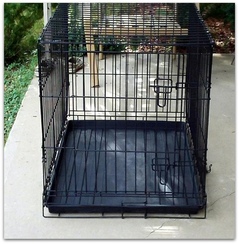
There is not only room to move, but they receive adequate air flow from the car's air conditioner, the food and water source can be easily attached and topped up. I can also keep an eye on them during the journey for peace of mind. Use the seat belt to secure the cage as much as possible.
I always place a non-slip mat on the removable bottom floor as I found the hens slide too much during car trips, which makes for a lot of flapping and water spills. You can pick up cheap non-stick mats from many cheap stores for only a dollar or two. They are easy to wash down at pit stops to control the odour.
These cages are foldable to store flat when not in use and have multiple doors.
Your distance will determine which form of caging you will need. Short trips do not require food or water. But when a longer trip is involved there are a few more considerations to your poultry's comfort as well as your own.
Top 4 considerations for transporting poultry:
- Slip sliding of poultry
- Odour from their droppings (they can make for a very stinky drive)
- Food and water
- Fresh air
- Break time for long distance travel
Distance
If you are planning on an interstate trip its recommended that you have regular stops as you would normally for any other pet to get out of the car for fresh air. Bringing portable pet fencing or a pop-up pet tent is a great way to allow poultry to have a little stretch and peck time. Provide fresh food and water and clean out any mess so that your journey is more bearable.
Just remember that when you reach your destination not to over stimulate the poultry, but just let them slowly adjust to their new surroundings. So as tempting as petting new poultry is, leave it for a day if possible to minimise stress.
Handling of Poultry
Its very important to remember the comfort and safety of your poultry.
Do Not:
- transport them in the boot of the car
- transport poultry in a bag
- transport poultry with legs and/or wings tied
- pick them up by their neck or wings
- mix different breeds or types of poultry - they must be in separate cages
- place a rooster in with hens in the same cage - he must be in his own cage
- avoid hot days to travel
Whether its a pet carrier, cage or a simple cardboard box, they can all be modified to accommodate your hens.
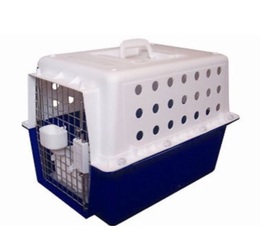
If you are transporting only a couple of chickens as a time, then cat carriers are excellent to use. The hens have access to adequate air flow from the car's air conditioning system as well as a view out. Secure with seat belt.
Depending on the brand and door type on the carrier will determine if you can attach any water devices. Opt for a steel cage door rather than plastic for this reason. Even better, purchase a cage with its own attachments for ease of use.
Again, I recommend the non-slip mat at the bottom of this type of cage so that the hens do not slip around during travel. Towels or old rags are fine to use too, but if you are on a long journey, they will not dry out quick enough if you need to clean them off during a pit stop.
| Poultry Crates These are large crates that are stackable and are open all the way around. Ideal of a larger flock of chickens, but it is a little more squashed with no ability to add food and water stations to. Just keep in mind that if you do stack them in your vehicle that they will poo through the bottom of these crates, so put down some newspaper on the car seat first. And yes, they will crap onto the crate below. More suited for vans, utes or the back of station wagons. Some crates are foldable to store flat while others are static solid. |
| Cardboard Box This has got to be the simplest chicken transport crate around that anybody can grab quickly. There are many forms of cardboard boxes, some purpose built for pet transport such as the ones you can get at your local RSPCA. But if you are grabbing one from the shed make sure that it has flaps on top that can be closed, and perhaps tied down to stop the hens from escaping out through the top mid-travel. Include a few air holes and place a little bedding (straw is ideal) in the bottom for absorption of droppings. The darkness of the box can assist nervous hens to keep calm, but again, food and water sources may be limited to add to this type of box. But being cardboard, it can be modified to attach a drinker to with some twisty-ties through some holes in the corner. Little chicks can also be safely transported inside a cardboard box. The smell is also lessened in the car as there is less air flow to facilitate the spread of the smell of droppings. |
Buying from Interstate...and its tooooooo far to travel!
There is a solution to this old chestnut and its AniTrans; a pet delivery service that transports animals under 20kg throughout the Australian eastern states and through to South Australia.

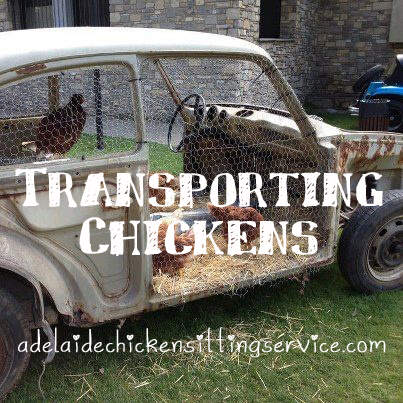
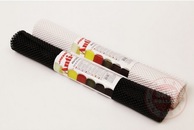
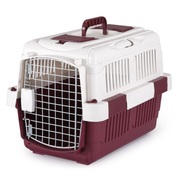
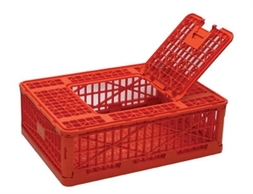
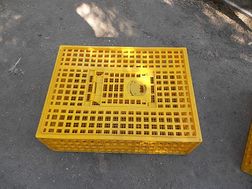
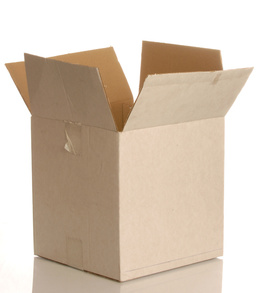
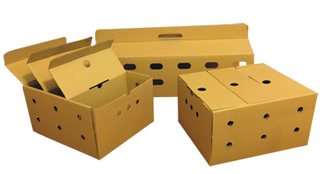
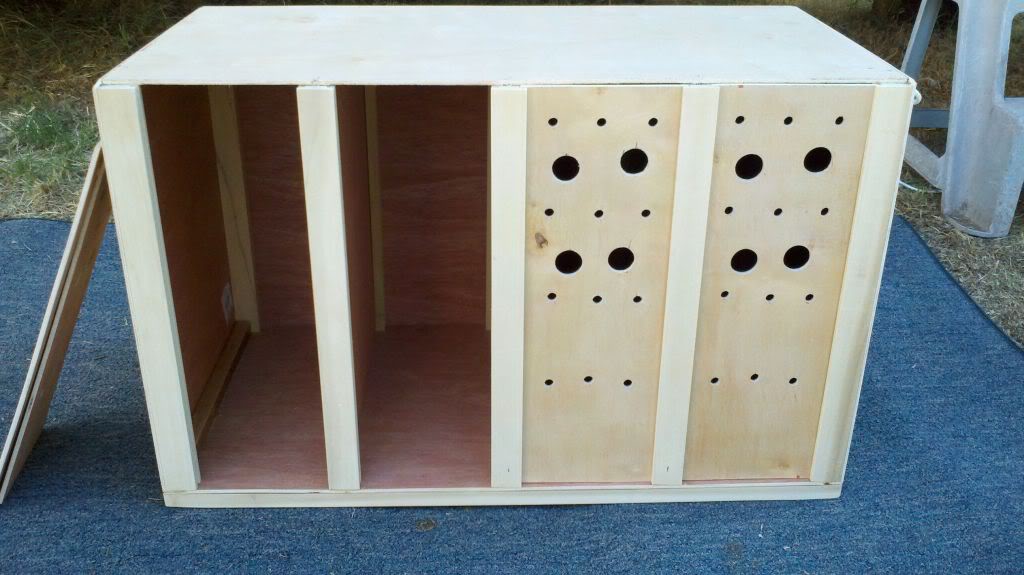
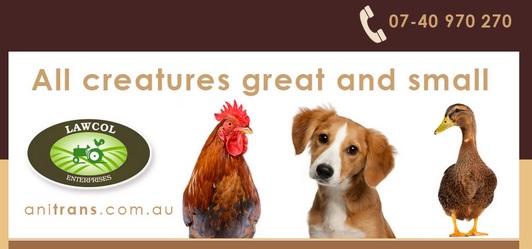
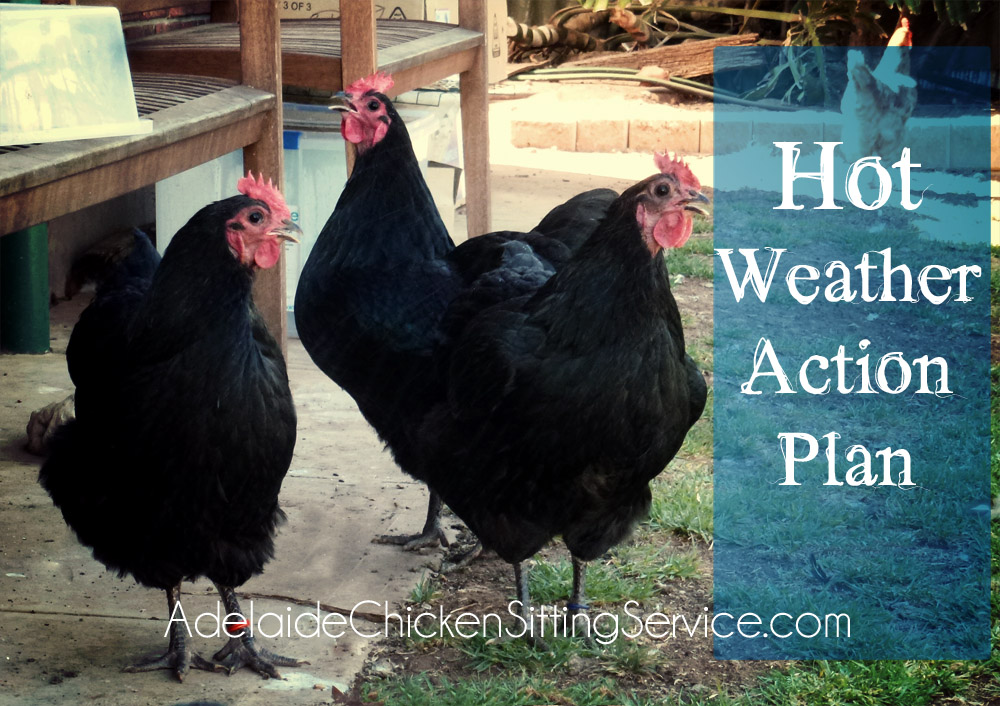
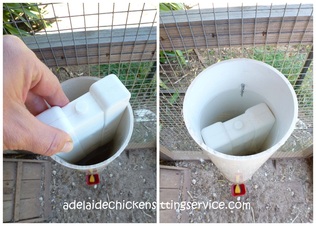
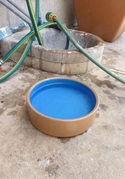
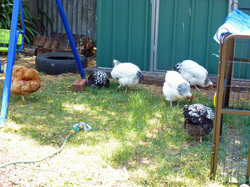
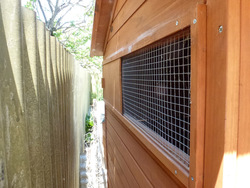

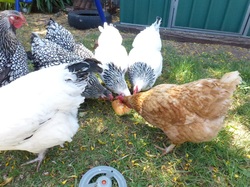
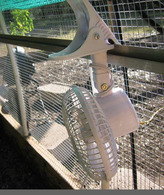

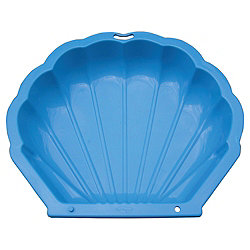
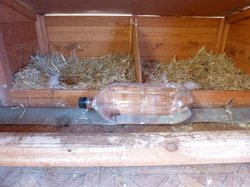
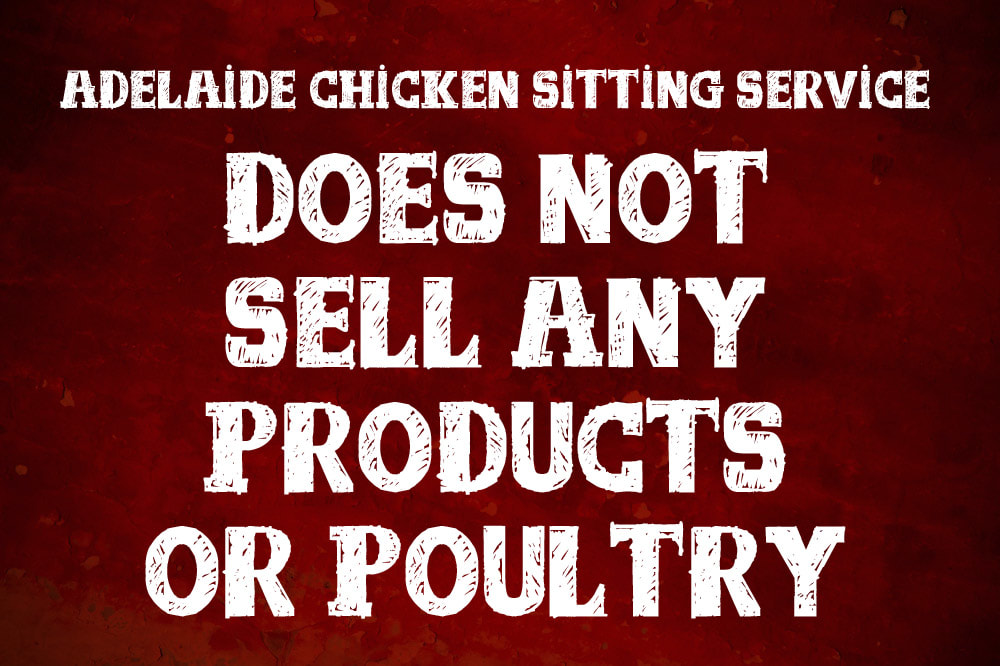

 RSS Feed
RSS Feed